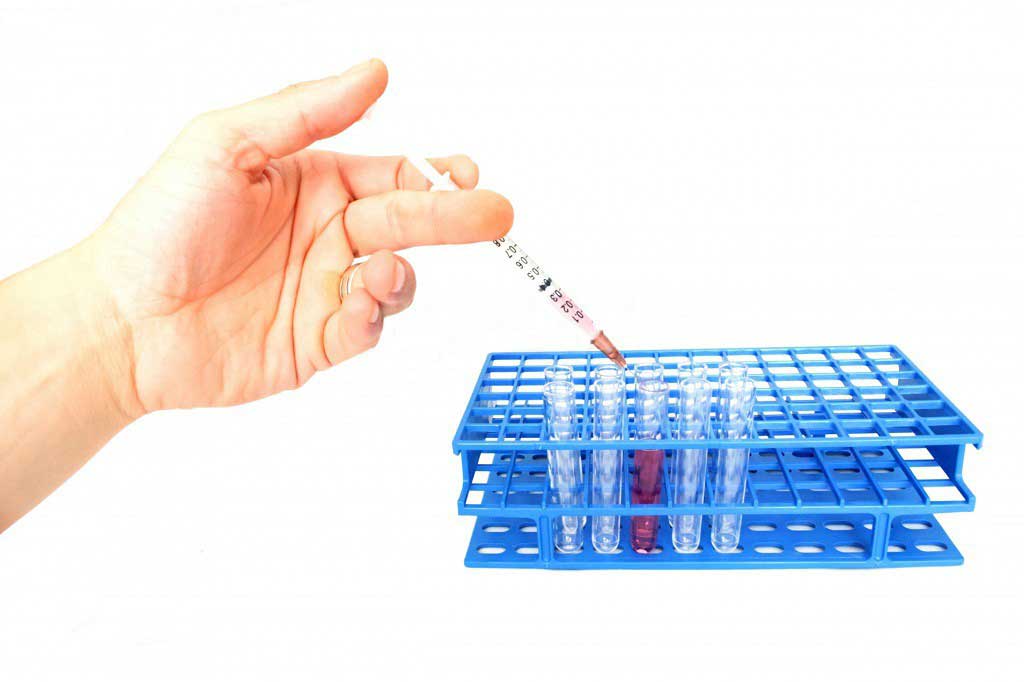Myocardial infarction
Patient story: "My heart was racing ... the pain was awful."
After a heart attack, 36-year-old Debbie Siddons was too scared to pick up her 18-month-old baby. Rehabilitation helped her move on.
It was the usual rush in the Siddons household as Debbie raced around getting her four children ready for school. But as she walked into the living room to summon her eldest, she was suddenly stopped by a sharp pain in her chest.
"My heart was racing, the pain was awful and I had pins and needles in my lower jaw and down both arms," she says. "I sat down on the sofa hoping the pain would stop, but it didn't. I knew something was very wrong. I was on my own with the kids, so I got my eldest to bring me the phone. I called my mother-in-law and my father, and told them I didn't feel very well. My dad was over in 10 minutes. He took one look at me and called an ambulance."
In the ambulance, paramedics gave Debbie an electrocardiogram (ECG) to test the electrical activity in her heart. She was then given an aspirin to chew. Once she got to the hospital, doctors gave her a drug to dissolve any clots in her blood that might have caused the heart attack.
"I knew it was serious, but I didn't guess how serious," she says. "When I got to the hospital, it was madness. Everyone was rushing around, hooking me up to machines. It didn't take the doctor long to tell me I'd had a heart attack. It didn't quite sink in until my mother-in-law got to the hospital and I had to tell her what had happened to me."
Debbie stayed in hospital for a week. On the sixth day, she began to experience pins and needles in her left arm. Doctors were concerned that she might be having another heart attack. As a precaution, she was given another ECG and sent for an angiograma procedure that checks the arteries for blockages. The angiogram was clear and Debbie didn't have another attack. The cause of her original attack is still unknown.
Back at home, she realised how much the experience had shaken her. "I was frightened to do anything. I was nervous about going up the stairs and I was too scared to pick up my 18-month-old daughter in case I had another heart attack," she says.
"Then I was sent for rehabilitation, which really helped. We learned about healthy eating and exercise, but a big part of it was finding the confidence to carry on with our lives. The nurses reassured me that I could live a perfectly normal life again and they were right. By the end of the six-week course, I'd got my confidence back."
Debbie sees a consultant once a year and hasn't had another heart attack. "It was a very frightening experience, but I came through it," she says. "I'd urge anyone who's had a heart attack to make the most of rehabilitation and use all the help they can get. It certainly helped me to move on."
Introduction
A heart attack (myocardial infarction or MI) is a serious medical emergency in which the supply of blood to the heart is suddenly blocked, usually by a blood clot.
Symptoms
Read about symptoms of a heart attacks, including chest pain, shortness of breath, feeling and being sick, and anxiety
Causes
Heart attacks are caused by the blood supply to the heart being suddenly interrupted, usually by a blood clot
Diagnosis
If a heart attack is suspected, you should be admitted to hospital immediately. You will usually be admitted to an acute cardiac care unit (ACCU) so the diagnosis can be confirmed and treatment begin.
Treatment
Read about treating a heart attacks, including an ST segment elevation myocardial infarction (STEMI)
Complications
Read about complications of a heart attack. Complications of a heart attack can vary widely, from mild to life threatening.
Recover from a heart attack
Read about recovering from a heart attack. Recovery can take several months, and it's very important not to rush your rehabilitation
Prevention
Making lifestyle changes is the most effective way to prevent having a heart attack (or having another heart attack).
Patient story: "I thought it would never happen to me again, but it did."
Mike Smith has had three heart attacks. As he nears 60 and enjoys life to the full, he explains how the attacks affected him.
Patient story: "My heart was racing ... the pain was awful."
After a heart attack Debbie Siddons was too scared to pick up her 18-month-old baby. Rehabilitation helped her move on.
Patient story: "I felt like I'd been kicked in the chest."
Following a heart attack, a quick diagnosis and emergency treatment saved Lynn Connors life.
Doctor - patient conversation
Doctor enquires about breathing because patients often exhibit respiratory issues to the point of passing out. Doctor immediately recommends an EcG. Through the EcG, one determine the positioning of the ischemia, the degree of heart muscle involved in the ischemia.
What is an infarct?
Infarct is an ischemic necrosis of the myocardis, which comes as a consequence of the acute insufficiency of the coronary arteries. This comes as a consequence of the obstruction of coronary muscle blood vessels by a thrombus.
What are the symptoms of myocardial infarction?
The most common symptom is chest pain or discomfort that may travel into the shoulder, arm, back, neck, or jaw. Often it is in the center or left side of the chest and lasts for more than a few minutes.
What are the complications that might occur?
Complications that might occur are: cardiogenic shock; progressive cardiogenic shock; septal rupture, rhythm disruptions; pericarditis, thromboembolism, left ventricle aneurysm.
What are the risk factors of myocardial infarction?
Some of the risk factors of myocardial infarction include: hypertonic disease, disruptions in the metabolism of lipids, obesity, inherited hypercholesterolemia, biliary problems, age (above 50 years old), etc.
How is myocardial infarction treated?
Pre-hospital treatment is very important, due to its crucial involvement in preserving and potentially saving the patient’s life. Aiding and transporting the patient to the hospital immediately hold primary importance in saving the patient’s life.







 Subscribe
Subscribe Ask the doctor
Ask the doctor Rate this article
Rate this article Find products
Find products